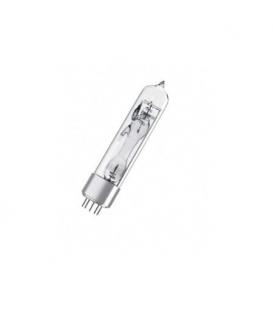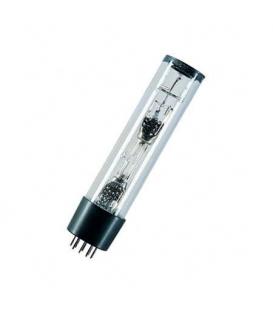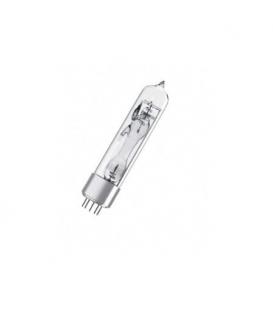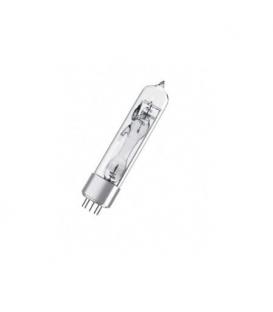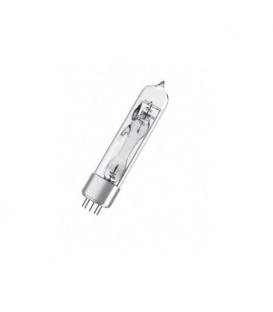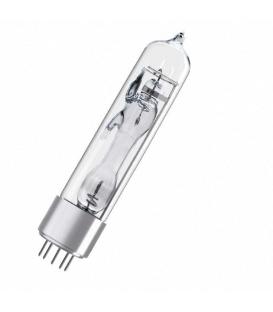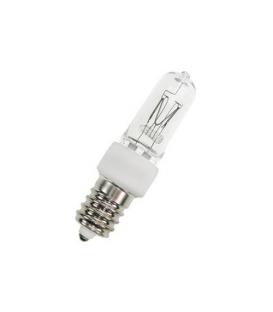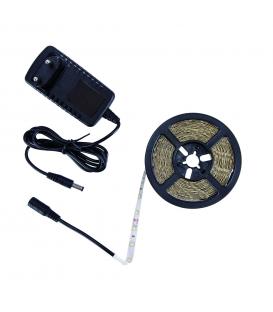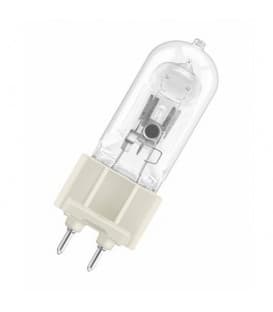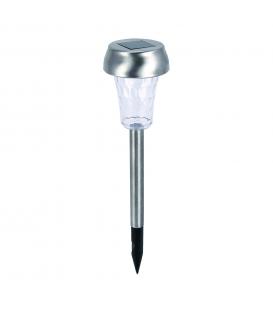Spectroscopic lamps specialized light sources for
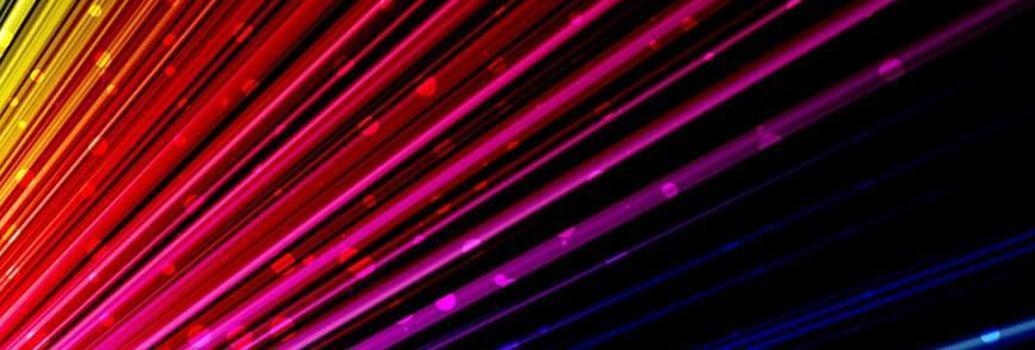
Spectroscopic lamps, also known as spectroscopy lamps or light sources, are specialized light-emitting devices used in various spectroscopic techniques to analyze the composition of materials based on their interaction with light. Spectroscopy is the study of how light interacts with matter and provides valuable information about the structure and properties of molecules, atoms, and other particles.
Spectroscopic lamps are designed to emit light across a specific range of wavelengths, which is crucial for performing spectroscopic analyses.
Different spectroscopic techniques, such as absorption spectroscopy, fluorescence spectroscopy, and atomic emission spectroscopy, rely on the interaction between light and the sample being analyzed. The emitted or absorbed light carries information about the sample's chemical composition, concentration, molecular structure, and other properties.
There are various types of spectroscopic lamps, each suited for specific applications:
- Hollow Cathode Lamps (HCLs): These lamps are commonly used in atomic absorption spectroscopy and atomic emission spectroscopy. They contain a cathode (usually a metal of interest) placed within a hollow glass tube filled with an inert gas. When a current is passed through the cathode, it emits characteristic wavelengths of light that correspond to the transitions of electrons within the metal atoms. These lamps are used to identify and quantify trace amounts of specific elements in a sample.
- Deuterium Lamps: Deuterium lamps are used in ultraviolet-visible (UV-Vis) spectroscopy. They emit light in the ultraviolet range and are often used as a reference source for measuring the absorbance of a sample. Deuterium lamps contain deuterium gas, which produces a continuous spectrum of UV light.
- Tungsten Lamps: Tungsten lamps are also used in UV-Vis spectroscopy, emitting visible and near-infrared light. They provide a broad and continuous spectrum that covers a wide range of wavelengths. Tungsten lamps are often used as a source for absorbance measurements and other spectroscopic techniques.
- Xenon Lamps: Xenon lamps are used in a variety of spectroscopic techniques, including fluorescence spectroscopy and Raman spectroscopy. They emit light across a broad range of wavelengths, making them suitable for exciting fluorescence in samples or for use as a broadband light source in certain applications.
- Mercury Vapor Lamps: Mercury vapor lamps emit strong lines at specific wavelengths, which makes them useful in atomic fluorescence spectroscopy and certain atomic emission techniques.
- Arc Lamps: These lamps use an electric arc between two electrodes to produce intense light across a wide range of wavelengths. They are used in applications requiring high-intensity light sources, such as spectrofluorimeters and flame atomic emission spectroscopy.
Spectroscopic lamps are an essential component of spectroscopic instrumentation, enabling scientists to analyze and study the properties of various materials and compounds. The choice of lamp depends on the specific spectroscopic technique being used and the range of wavelengths required for analysis.
Spectral lamps are discharge lamps that emit the line spectrums of inert gases and metal vapors with high luminance or radiant intensity. They are used wherever a line spectrum or monochromatic radiation is required.
- Optics, photophysics, spectroscopy
- Chemical engineering and medicine
Browse our "Spectroscopic lamps" collection
Spectroscopic Lamps: Specialized Light Sources for Spectroscopy
- 2 914,28 €Illuminate your scientific studies with the Lamp 10W 10V Pico9, a top-tier choice in our Spectroscopic lamps...
- 560,82 €Illuminate your scientific studies with the Lamp Cd 10 15W 15V Pico9, a top-notch choice in our Spectroscopic lamps...
- 1 214,56 €Illuminate your scientific studies with the Lamp He 10 55W 60V Pico9, a top-notch choice in our Spectroscopic lamps...
- 585,00 €Illuminate your scientific studies with the Lamp Hg 100 22W 45V Pico9, a top-notch choice in our Spectroscopic lamps...
- 467,45 €Illuminate your scientific studies with the Lamp HgCd 10 25W 30V Pico9, a top-tier choice in our Spectroscopic lamps...
- 2 212,89 €Illuminate your scientific studies with the Lamp K10 10W 10V Pico9, a standout in our Spectroscopic lamps collection....
- 1 042,73 €Illuminate your scientific studies with the Lamp Na 10 15W 15V Pico9, a standout in our Spectroscopic lamps...
- 1 139,84 €Illuminate your scientific studies with the Lamp Ne 10 30W 30V Pico9, a top-notch choice in our Spectroscopic lamps...
- 1 438,71 €Illuminate your scientific studies with the Lamp Tl10 15W 15V Pico9, a top-notch choice in our Spectroscopic lamps...
- 560,82 €Illuminate your scientific studies with the Lamp Zn 10 15W 15V Pico9, a top-notch choice in our Spectroscopic lamps...

